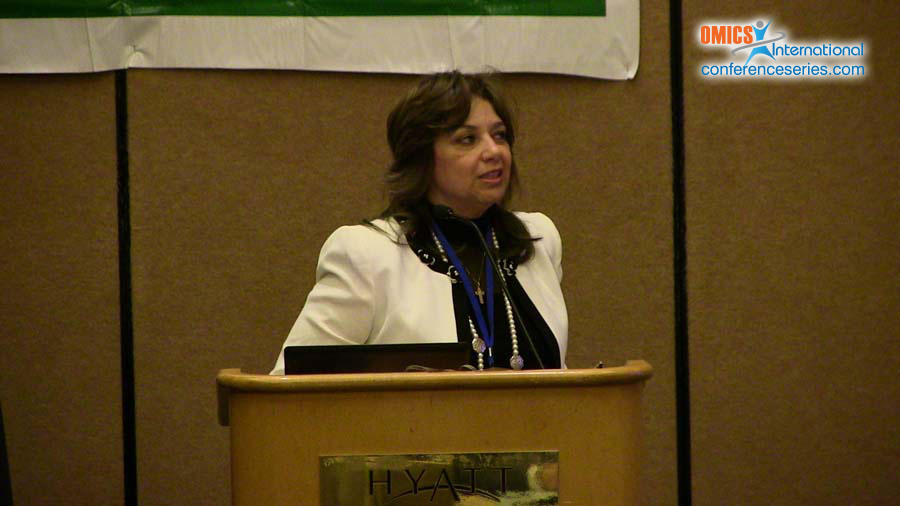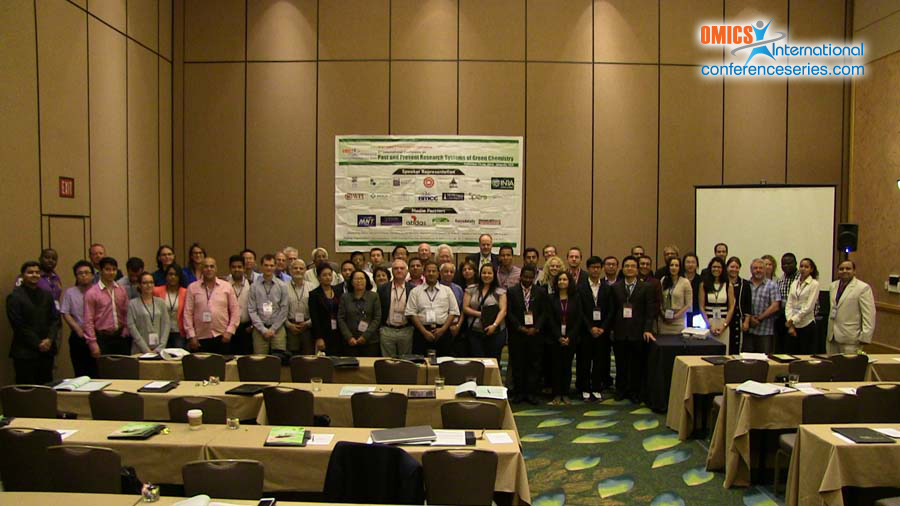
Febee Louka
University of Louisiana, USA
Title: Comparing the effect of ecofriendly adsorbents and bioturbators on the concentration pyrene
Biography
Biography: Febee Louka
Abstract
In the present study we intended to investigate and compare two methods that can be applied in case of oil spills. The waste produced in Louisiana such as sugarcane “Sacharum Officinarum” bagasse and crawfish “Austropotamobius pallipes” shells were used as low cost ecofriendly adsorbents. These adsorbents were used to examine the removal of pyrene one of the most abundant polycyclic aromatic hydrocarbons (PAHs). Pyrene is the precursor of benzo(a)pyrene the most common PAH to cause cancer. Sediment and water dosed with a known concentration of pyrene were used in this study. Microcosms containing beach sediment, seawater and bioturbators (the ghost shrimp “Lepidophthalmus louisianensis” or the razor clams “Tagelus Plebeius”) and dosed with pyrene were used for this study. Water, and sediment (surface and subsurface) samples were analyzed to determine the concentration of pyrene in them. The influence of bioturbators on biodegradation and distribution the petroleum hydrocarbon under investigation in sediments of coastal ecosystems was tested in day 1 and day 15 from dosing day. Sediment bioturbators often function as ecosystem engineers, moving large amounts of sediment and changing sediment characteristics. During the biological transport of sediment, pyrene in the sediment will move as well. Pyrene in water samples was extracted using liquid-liquid extraction. Microwave Extraction was used for sediment samples. PAH under investigation extracted using both treatments were analyzed using gas chromatography with flame ionization detector (GC-FID). Preliminary results indicated that the concentration of pyrene decreased significantly using the sugarcane bagasse within hours, whereas it took days for crawfish shells to absorb pyrene. On the other hand, in presence of both the bioturbators especially ghost shrimp the concentration pyrene decreased compared to the controls that are under the same condition in absence of the marine animals.
Speaker Presentations
Speaker PPTs Click Here



